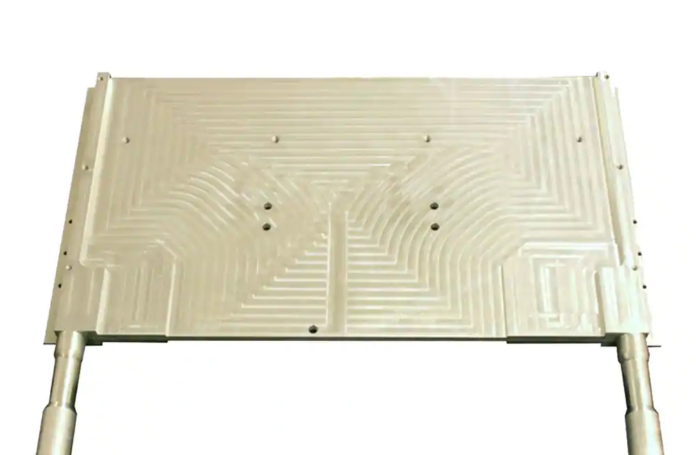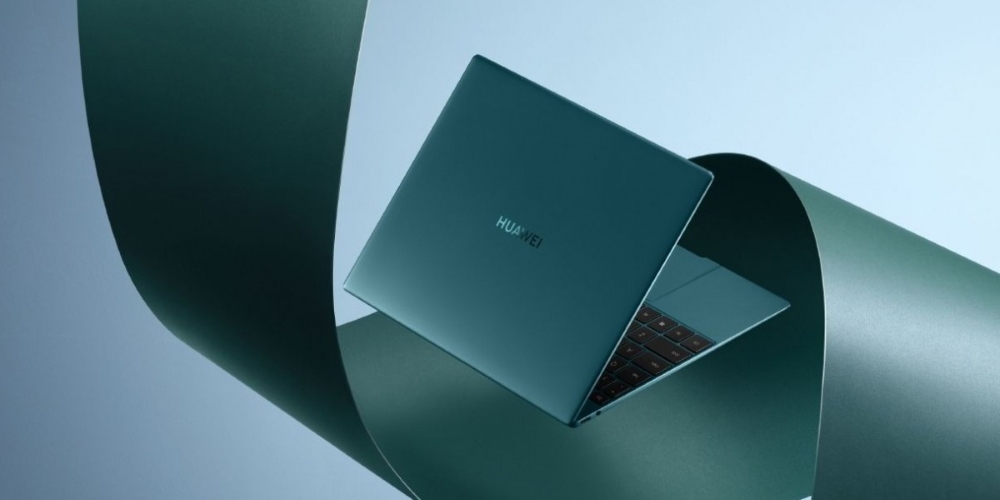The extruded heatsinks are a type of heat dissipation device that is widely used in electronic and electrical equipment. They are available in a variety of shapes and sizes, and can be customized to meet the specific needs of your application. When selecting an extruded heatsink for your project, there are several key factors to consider, including:
The size and shape of the device to be cooled
When selecting an extruded heatsink for a particular application, one of the most important considerations is the size and shape of the device to be cooled. The heatsink must be able to fit snugly around the device, in order to maximize the surface area contact and thus the heat transfer. If the device is square or rectangular in shape, there are a number of standard shapes that will fit well; however, if the device is irregularly shaped, custom extrusion may be necessary.
The thermal environment
Extruded heatsinks are designed to dissipate heat from electronic devices, such as processors and power amplifiers. When selecting an extruded heatsink for a particular application, it is important to consider the thermal environment in which the device will be operated. The thermal environment includes the ambient temperature, the temperature of any surrounding objects, and the airflow around the device. In general, extruded heatsinks are more effective in cooler environments with good airflow.
The ambient temperature is the temperature of the air surrounding the device. If the ambient temperature is too high, the heat generated by the device will not be able to dissipate effectively and the device may overheat. The temperature of any surrounding objects, such as other electronic devices or heat-generating components, can also affect the thermal environment. If these objects are too close to the device, they can block airflow and prevent heat from dissipating properly.
The amount of airflow available
Extruded heatsinks are available in a variety of shapes and sizes to accommodate different airflow requirements. In general, the larger the heatsink, the more airflow it will require. The amount of airflow required also depends on the thermal environment; for example, a higher ambient temperature will require more cooling than a lower temperature. When selecting an extruded heatsink for your application, be sure to consider the amount of airflow required to ensure adequate cooling.
The level of cooling required
The level of cooling required is one of the key considerations when choosing an extruded heatsink. The size and shape of the device to be cooled, the thermal environment, and the amount of airflow available all play a role in determining the level of cooling necessary. In general, larger devices or those operating in hotter environments will require more cooling than smaller devices or those operating in cooler environments.
The type of extrusion process
Another important consideration is the type of extrusion process used to create the heatsink. Extruded heatsinks are made using either hot extrusion or cold extrusion. Hot extrusion is typically used for larger heatsinks, while cold extrusion is typically used for smaller heatsinks. Heatsinks made using hot extrusion tend to be more expensive than those made using cold extrusion, but they offer superior cooling performance.
Conclusion:
There are many factors to consider when selecting an extruded heatsink for your application. The size and shape of the device to be cooled, the thermal environment, the amount of airflow available,the level of cooling required and the type of extrusion process are all important considerations. By taking all of these factors into account, you can choose the right extruded heatsink for your needs.







